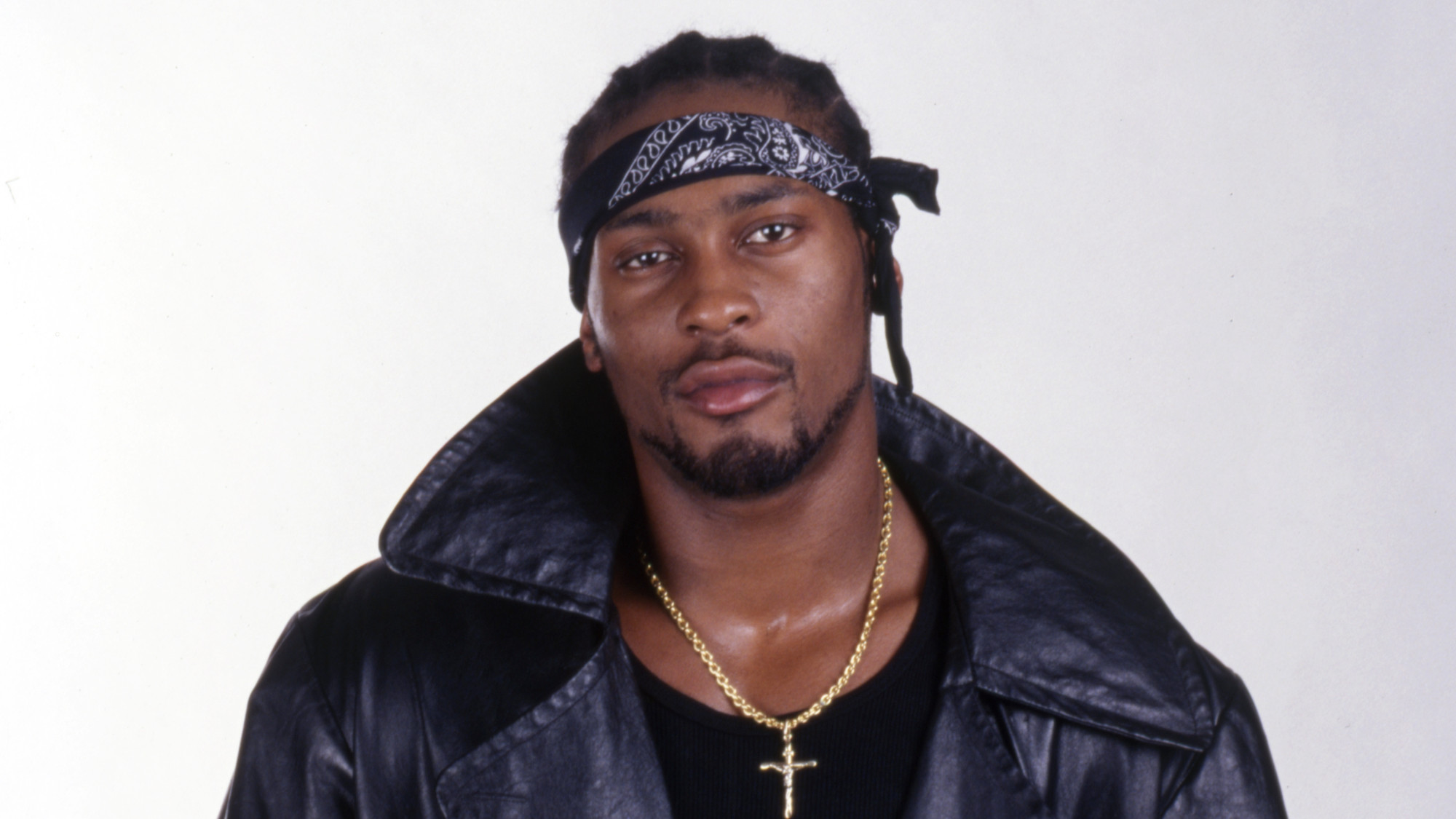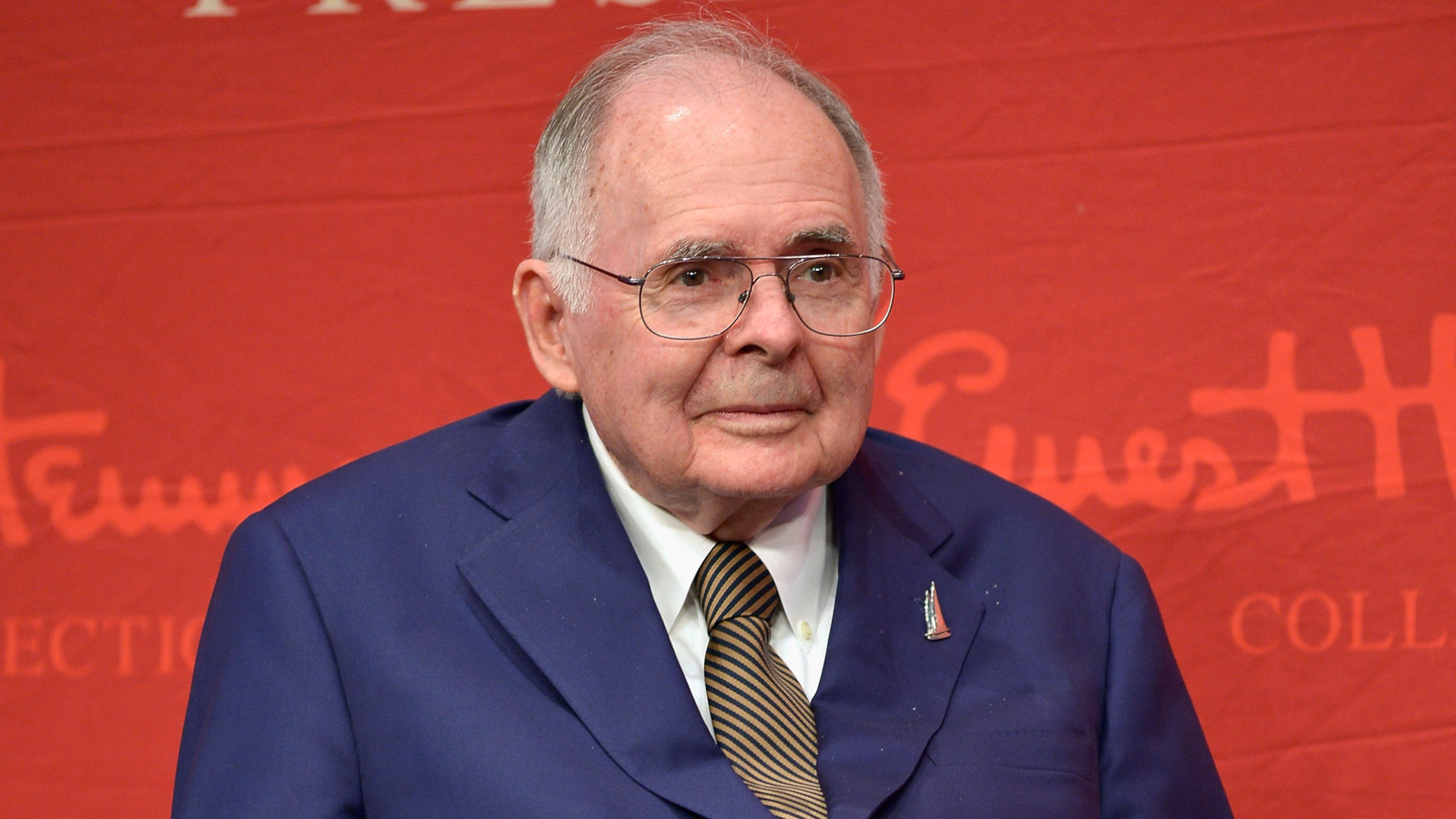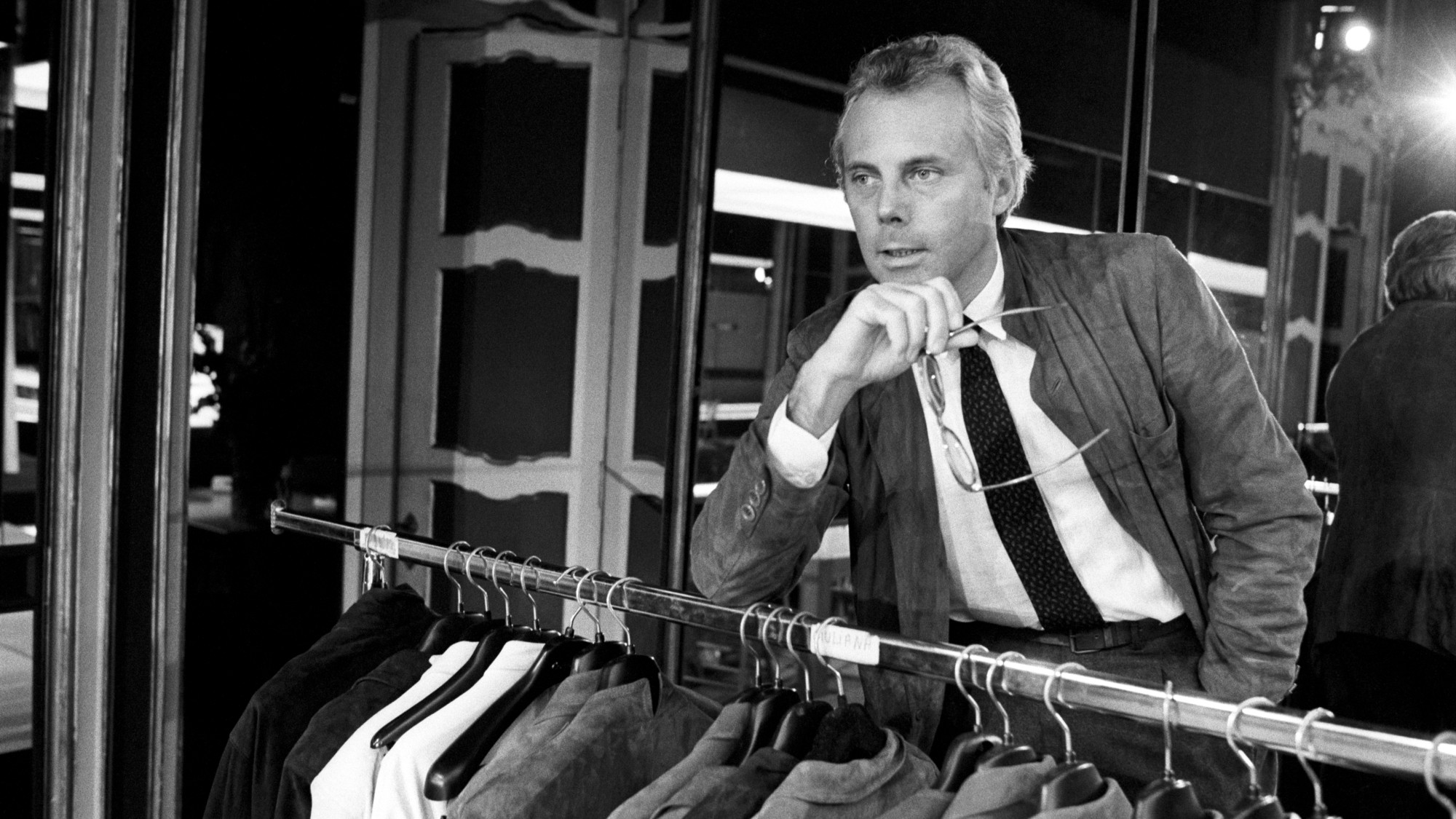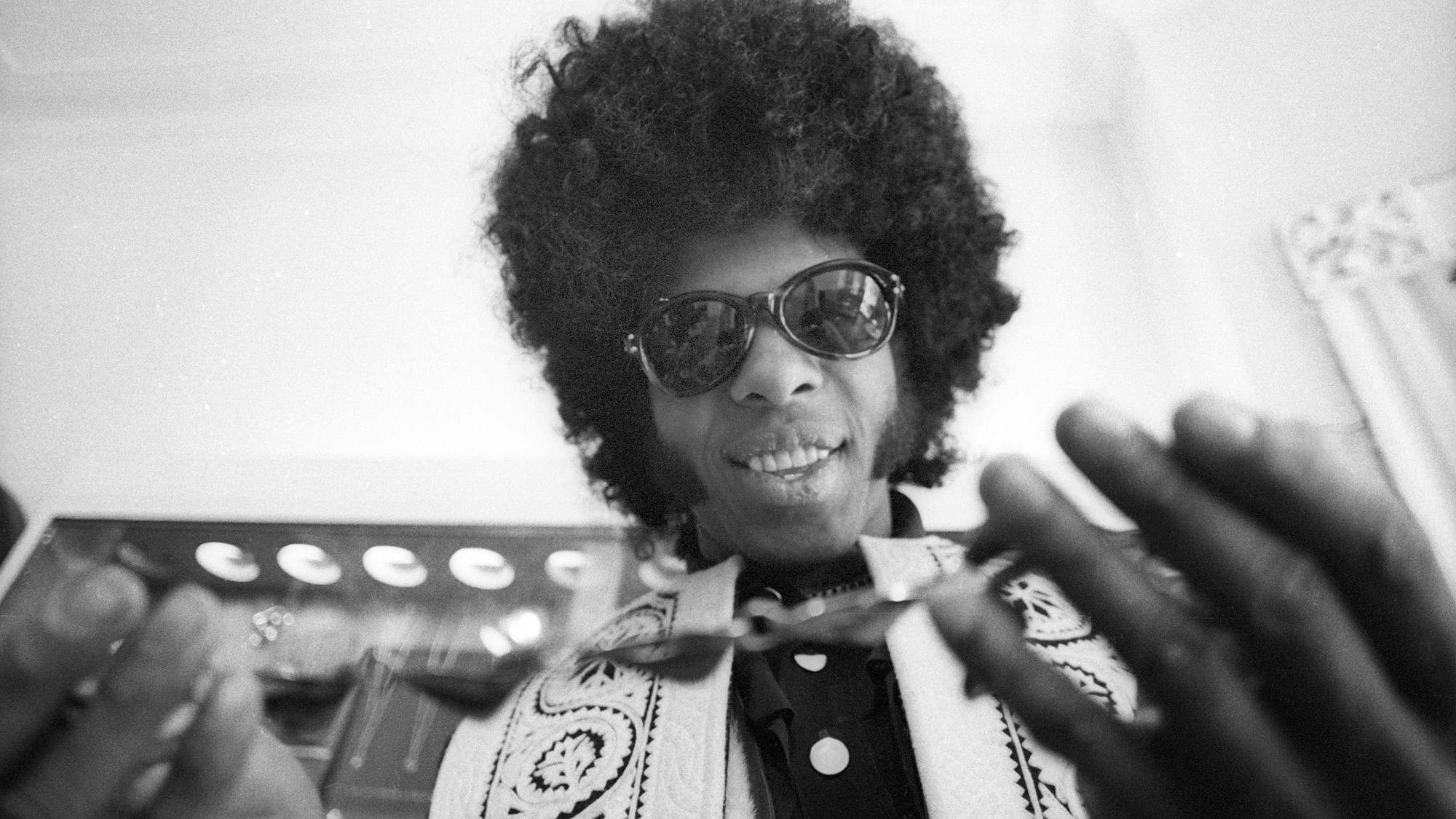Manson Whitlock, 1917–2013
The repairman who cherished typewriters
Manson Whitlock repaired manual typewriters even when there weren’t many left, stubbornly resisting the technology that transformed them from essential writer’s instrument to retro artifact. “They’re not tools of necessity anymore,” he admitted in 2010. “Kids are buying them on the Internet—is that’s what it’s called?”
Whitlock began working in the typewriter department of his father’s bookstore in 1930, said the New Haven, Conn., Register, finding a lifelong outlet for his innate tinkerer’s urge. After fighting in World War II, he opened a typewriter repair shop of his own and worked there, often seven days a week and usually in a coat and tie, until his death. Although he was “too modest to talk about it,” he repaired typewriters in New Haven for the great and good, from former President Gerald Ford to the writers Robert Penn Warren and Archibald MacLeish.
A lifetime of repairing 300,000 typewriters left Whitlock with two fingers “permanently curled” from gripping a screwdriver, said The Washington Post. His shelves were stocked with ancient Royals, Remingtons, and Underwoods, “constituting a kind of private museum” of a once ubiquitous machine. Watching over it all was a bust of Mark Twain, whom Whitlock honored as “the first author to submit a typed manuscript to a publisher.”
The Week
Escape your echo chamber. Get the facts behind the news, plus analysis from multiple perspectives.

Sign up for The Week's Free Newsletters
From our morning news briefing to a weekly Good News Newsletter, get the best of The Week delivered directly to your inbox.
From our morning news briefing to a weekly Good News Newsletter, get the best of The Week delivered directly to your inbox.
Although Whitlock acquiesced to repairing electric typewriters in the 1970s, he remained too proud a Luddite to march any further into the modern age. “I don’t even know what a computer is,” he said, in 2010. “I’ve heard about them a lot, but I don’t own one, and I don’t want one to own me.”
A free daily email with the biggest news stories of the day – and the best features from TheWeek.com
-
 What will next year’s housing market look like?
What will next year’s housing market look like?The Explainer Here is what to expect from mortgage rates and home prices in 2026
-
 Is Trump in a bubble?
Is Trump in a bubble?Today’s Big Question GOP allies worry he is not hearing voters
-
 ‘Managed wildfires have spread out of control before’
‘Managed wildfires have spread out of control before’Instant Opinion Opinion, comment and editorials of the day
-
 R&B singer D’Angelo
R&B singer D’AngeloFeature A reclusive visionary who transformed the genre
-
 Kiss guitarist Ace Frehley
Kiss guitarist Ace FrehleyFeature The rocker who shot fireworks from his guitar
-
 Robert Redford: the Hollywood icon who founded the Sundance Film Festival
Robert Redford: the Hollywood icon who founded the Sundance Film FestivalFeature Redford’s most lasting influence may have been as the man who ‘invigorated American independent cinema’ through Sundance
-
 Patrick Hemingway: The Hemingway son who tended to his father’s legacy
Patrick Hemingway: The Hemingway son who tended to his father’s legacyFeature He was comfortable in the shadow of his famous father, Ernest Hemingway
-
 Giorgio Armani obituary: designer revolutionised the business of fashion
Giorgio Armani obituary: designer revolutionised the business of fashionIn the Spotlight ‘King Giorgio’ came from humble beginnings to become a titan of the fashion industry and redefine 20th-century clothing
-
 Ozzy Osbourne obituary: heavy metal wildman and lovable reality TV dad
Ozzy Osbourne obituary: heavy metal wildman and lovable reality TV dadIn the Spotlight For Osbourne, metal was 'not the music of hell but rather the music of Earth, not a fantasy but a survival guide'
-
 Brian Wilson: the troubled genius who powered the Beach Boys
Brian Wilson: the troubled genius who powered the Beach BoysFeature The musical giant passed away at 82
-
 Sly Stone: The funk-rock visionary who became an addict and recluse
Sly Stone: The funk-rock visionary who became an addict and recluseFeature Stone, an eccentric whose songs of uplift were tempered by darker themes of struggle and disillusionment, had a fall as steep as his rise